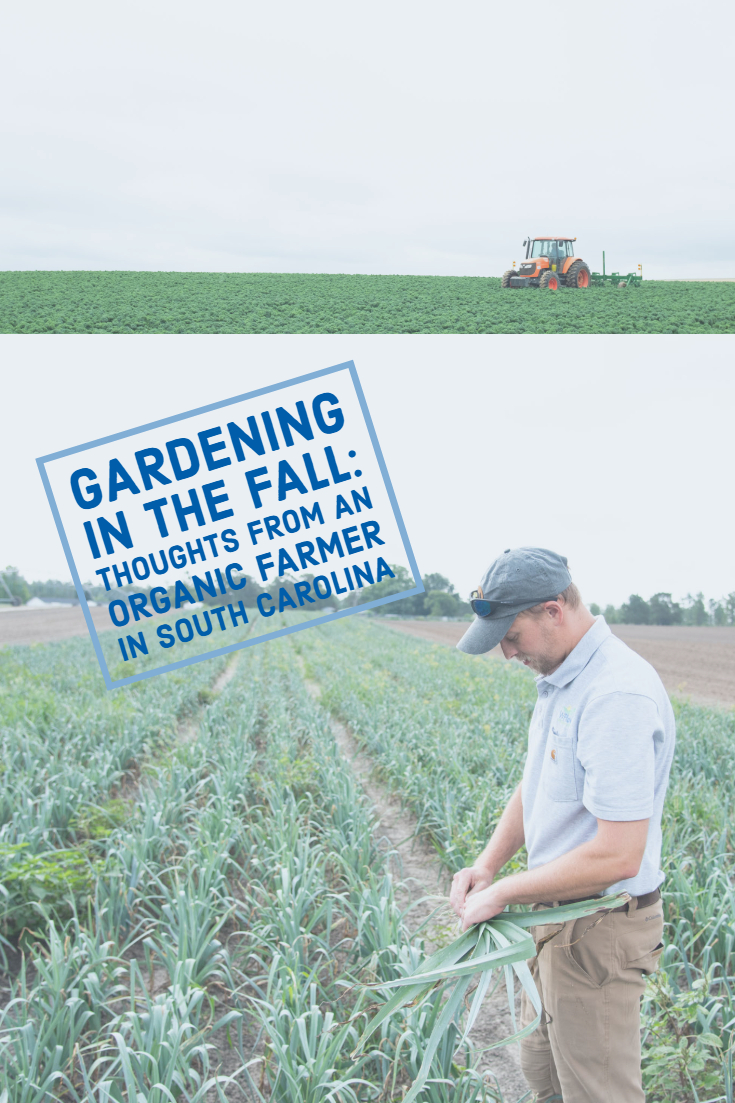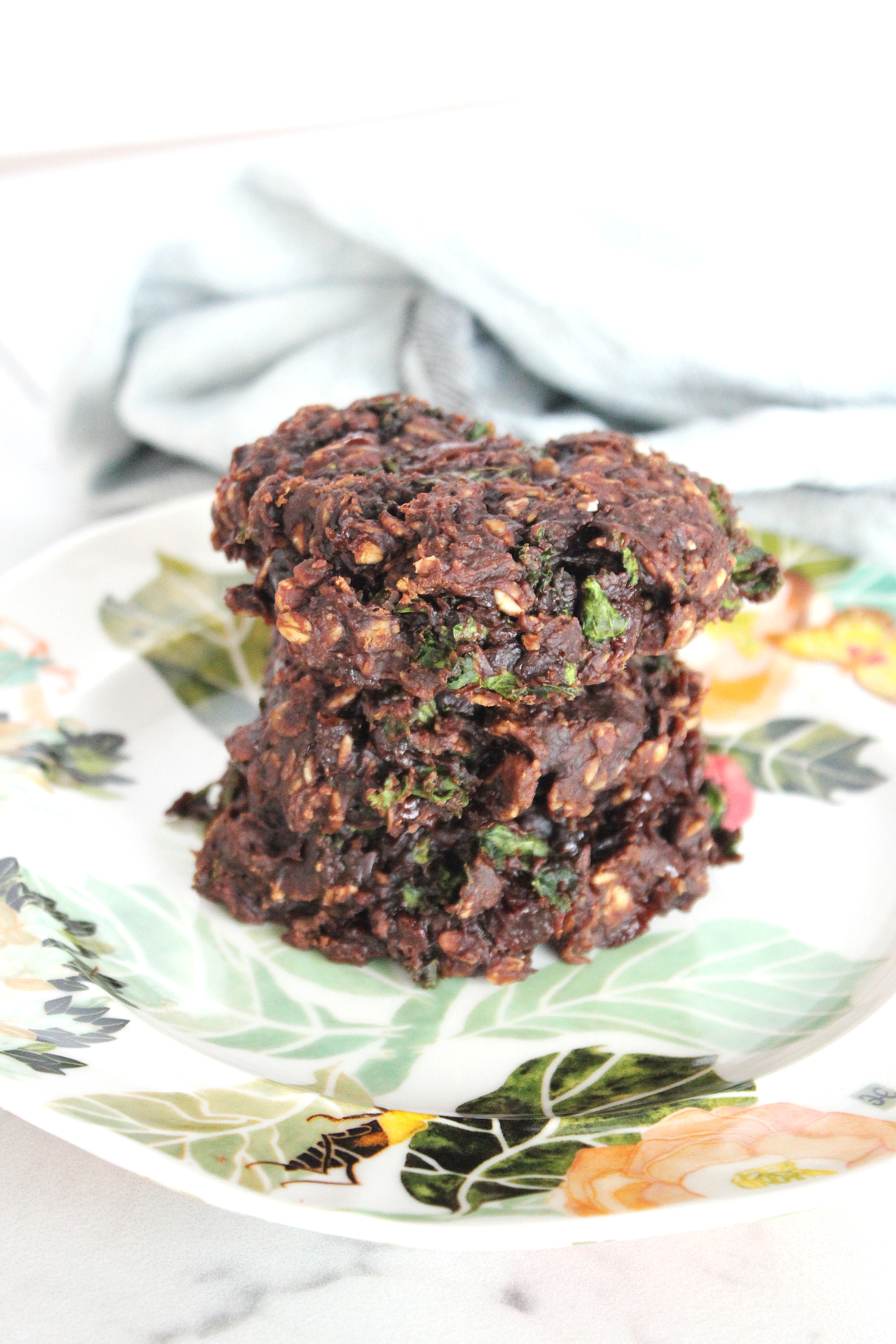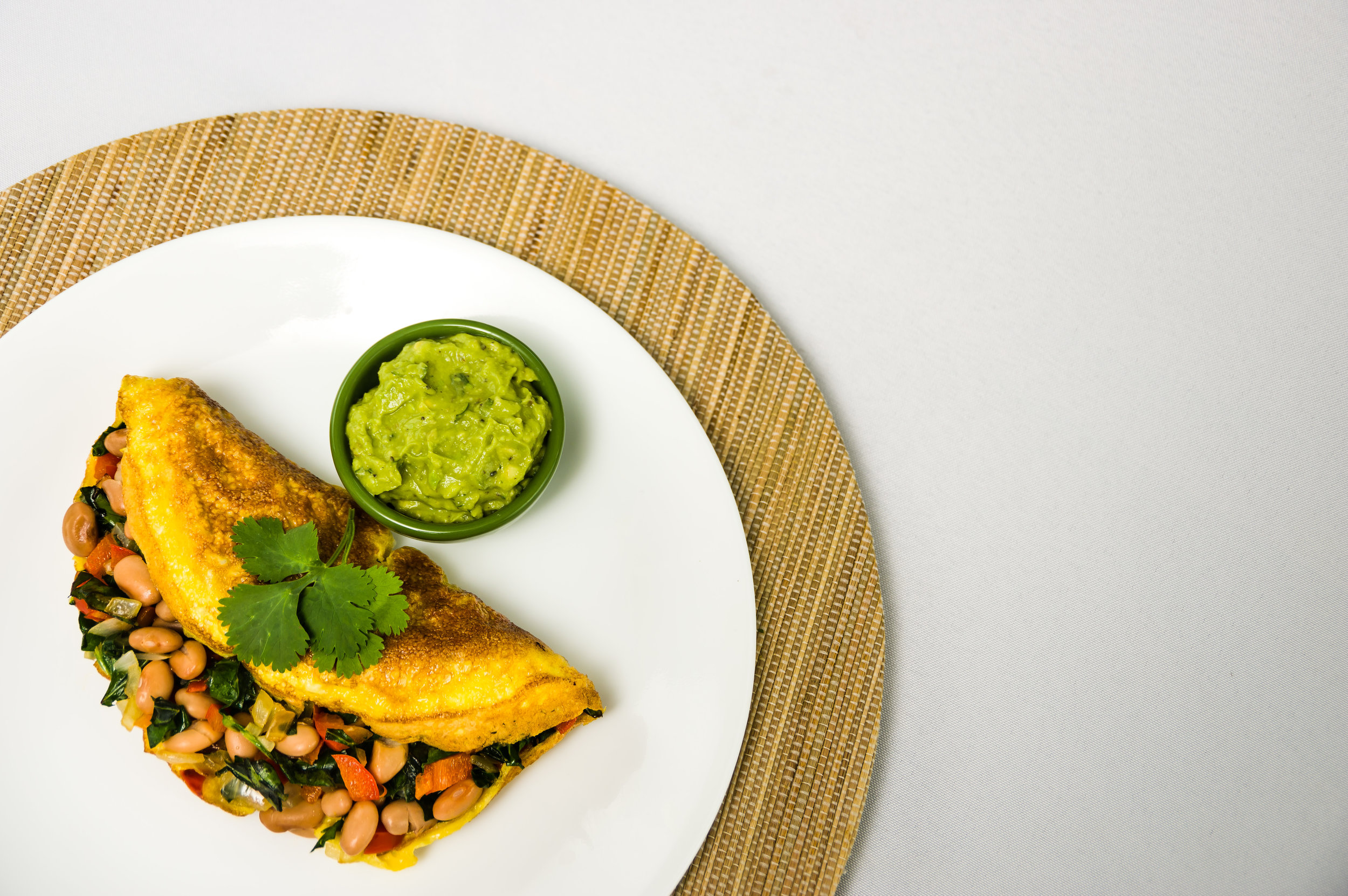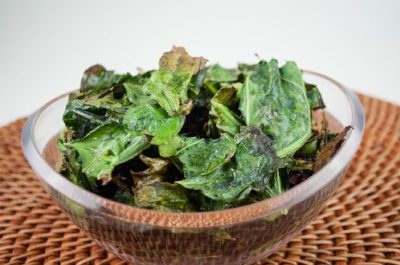Shutterstock #631739033
The first time I heard the word ‘clean’ in relation to food was back in the mid 1990’s. Supermarkets noticed that customers were beginning to look beyond info like calories, and towards ingredient lists. Health conscious shoppers were starting to pay attention to how foods were made, and exactly what they were made from. As a result, health food stores—which stocked fresh foods and simple ingredient products—were attracting more and more consumers, and traditional grocers took note.
Fast forward to today, and clean eating has gone mainstream, fostered by people from all walks of life, who want to feel good about what they’re putting in their bodies. This includes moms, who want the healthiest, most nourishing food for their children; millennials, who value natural living; and older adults who are motivated to maintain wellness and support longevity.
The basic principle of clean eating is to let ingredients guide you. While it’s not realistic to never eat anything that comes out of a jar, box, or bag, it’s important to choose packaged foods with all natural, recognizable ingredients. For example, chickpeas from a can would be considered ‘clean’ if the only ingredients are chickpeas, water, and sea salt. The same is true for bagged greens with the only ingredient being kale, or frozen blueberries with no additional ingredients.
The idea is to slash your exposure to artificial additives and chemicals used in highly processed foods, as fillers, preservatives, flavor enhancers, colors, and the like. Recent research has shown that exposure to these man-made ingredients can harm health, from taxing immunity, to fueling inflammation, and possibly even contributing to obesity.
But clean eating is also about how the foods we buy impact the health of the planet, and our ability to support an eco-friendly and sustainable food supply. All of these vital issues are why clean eating is not a trend, but rather an important consumer movement.
In addition to seeking out foods with ingredients you easily recognize, clean eating involves putting them together to make nutrient-packed meals and snacks. Some simple swaps to trade processed fare for fresh, clean food include: eating oats or a smoothie made with fruits and veggies for breakfast instead of a muffin or danish; snacking on nuts and fruit or veggies and hummus rather than chips; or whipping up a veggie-packed stir fry instead of microwaving a frozen entrée.
There are dozens of tasty recipes on www.rawl.net to guide you, and you’ll notice that many use simple, all natural ingredients—like extra virgin olive oil instead of margarine, and whole quinoa or beans in place of refined starches. That’s a big part of our Back to Fresh philosophy.
Tell us about the clean eating changes you’ve made and your favorite whole food-based recipes and meals in the comments or on social media @naturesgreens!










































